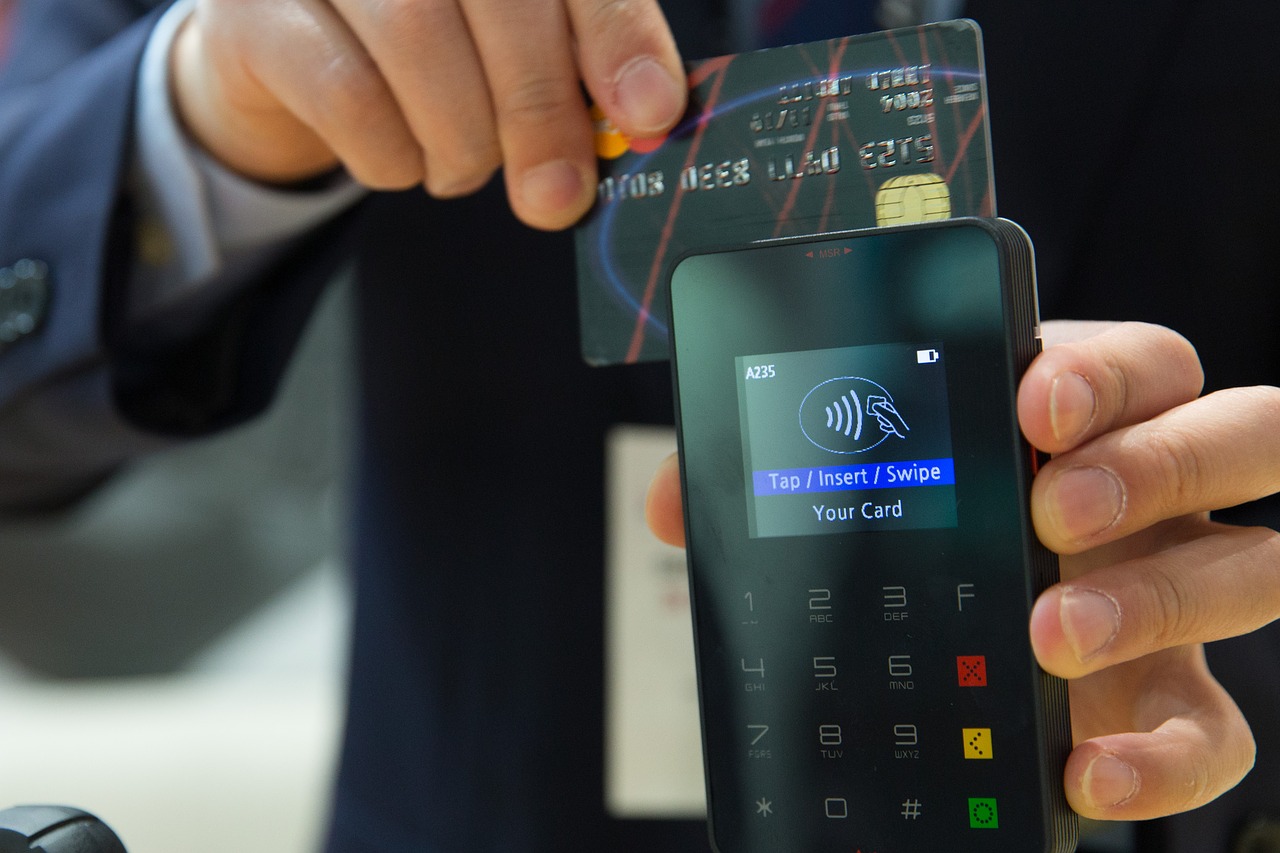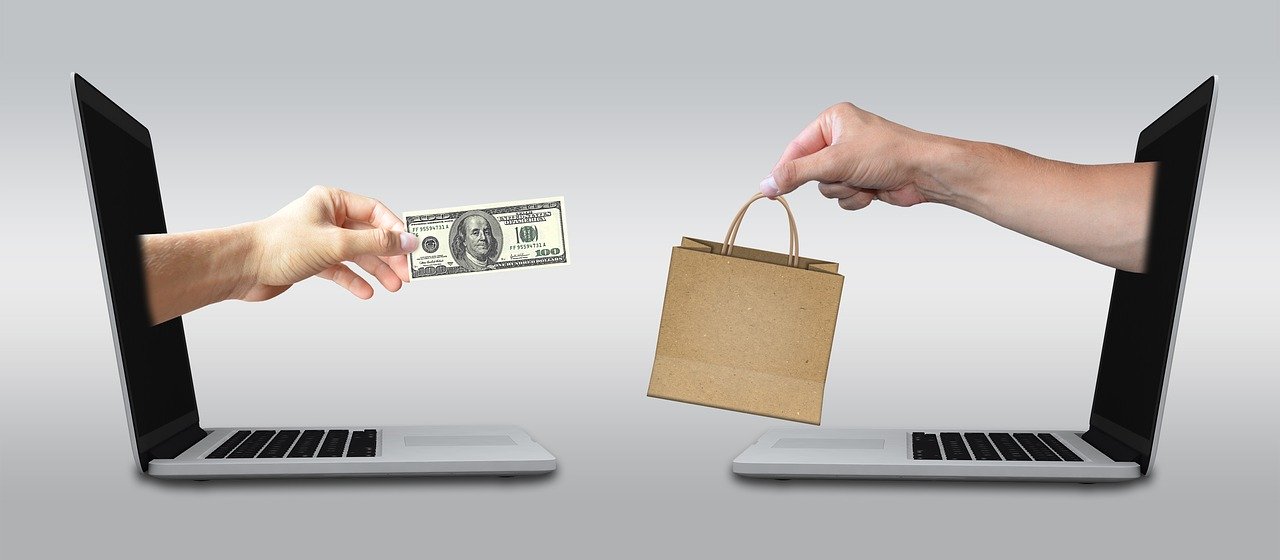
The Difference Between a Chargeback and Refund
You started a business thinking that you’ll only face the usual problems like how to market your products, how to manage your people, and how to increase your sales.
But as you realized by now, it’s far more complex than that. Selling products mean that you also need to deal with refunds and the dreaded chargebacks. So what exactly is the difference between the two?
What is a chargeback?
A chargeback is the cancellation of purchases made in the online ecosystem by credit or debit card, together with the card operator, made by customers. This is a term widely used in the digital market, mainly to refer to virtual stores.
Several reasons can lead the customer to request the cancellation of the purchase. However, the most common reason that leads to the chargeback is the non-recognition of the purchase by the customer, holder of the credit or debit card indicated in the payment method.
Many times, the data is fraudulent and purchases are made by third parties, which means that there is the right to cancel the purchase and receive the paid values, which are canceled by the card operator used.
If there is a delay in delivery of the product, products delivered with a defect and other situations may also be the reason for a chargeback
Who can request a chargeback?
Four basic situations authorize chargeback.
- The first, less frequent, is the processing error in the transaction, caused by a financial institution’s mistake.
- The second case implies an error in the value charged by the customer for the purchase. In case of the difference between the reported value and the value charged, the customer can request the chargeback.
- The third chargeback hypothesis is prevalent in eCommerce. It is about the reception of the merchandise in disagreement with what was announced on the seller’s site. Defective merchandise, in smaller quantity or with different specifications generate the right to chargeback. The customer can, in this case, request the cancellation of the purchase.
- Finally, the chargeback can be requested by the client when verifying the occurrence of fraud. The card may have been stolen, cloned, or even misused by friends and family.
What is the refund?
The refund, unlike the chargeback, is not a purchase cancellation done by the card operator, but a refund is money spent by the customer, offered by the company that made the sale.
The laws of many countries force enterprises to have a clear refund policy. Also, this practice is quite advantageous for stores and digital producers, as it transmits trust, attracts new customers and works as an excellent marketing strategy.
You have probably heard a sales speech with the following phrase: “satisfaction guaranteed, or your money back!” Is it not like that?
This type of copy gives the potential consumer greater security to make the purchase, since he knows that, if his expectations are not met, it is possible to request a refund.
Who can request a refund?
Although they vary from country to country, most Consumer Defense Codes establish 3 mandatory situations in which the buyer can request reimbursement:
- When you regret the purchase, provided it is up to 7 days after the receipt of the product or service contracted;
- When the product received has a defect;
- When the product is inappropriate for consumption.
Chargeback and refund: Knowing the difference
A refund is essentially a return of either the partial or full amount the consumer paid for a specific product or service. Refunds are usually requested by the consumer to the store because of late delivery, wrong merchandise, poor quality or damaged products, and it’s up to the merchant whether to honor that request or not.
In most cases, a refund is given to make sure that the customer stays in good faith with the business and not hurt its credibility.
A chargeback, on the other hand, is a return of payment for a specific purchase, only this time the consumer asks it from his card-issuing bank and not the store.
Most chargebacks are filed because the consumer already tried asking for a refund but didn’t succeed, the customer is unsatisfied with the product or service or the cardholder didn’t authorize the transaction.
The only real difference between a chargeback and refund is that one is requested from the merchant itself while the other is taken to the card-issuing bank. If you’re a merchant, you would rather opt for a refund rather than a chargeback because it could cause serious damages to your business in the long run.
How to steer consumers away from chargebacks
Although both refunds and chargebacks can cause headaches to you as the merchant, you can keep ratios as low as possible by following these tips:
- Invest in good customer service. Dissatisfied consumers want someone to listen to their grievances and tell them that their issues are being handled properly. When you have a well-trained staff to answer inquiries from customers, you can already manage them right away before they escalate things into a chargeback.
- Implement strict quality control. It’s a basic business principle: if people are happy with the products they buy, they’ll never file for a chargeback. Implementing strict quality control is your first line of defense against a chargeback and refund and you should embrace the same mentality with shipping and logistics to ensure that items arrive on time and in perfect condition.
- Find tools to help you detect fraudulent activities. Be proactive and determine fraudulent activities right away. There are tools like fraud management filters that automatically alert you when purchases are made from suspicious credit cards.
Running a business definitely has its complexities, especially since you’re vulnerable to a lot of risks that could turn your profits to losses.
The Bottomline
But with the right precautionary measures, you can prevent bigger problems like refunds and chargebacks before they hurt your business. It’s all about making the right decisions and working with the right people. Find more chargeback prevention tips and stay ahead of the curve.
Consumers are getting smarter and learning more about their options. This means that business owners like you have to be 2 steps ahead at all times.
I am passionate about delivering results and helping my clients succeed. With my expertise in SEO, branding, and marketing, I lead the agency’s efforts to create and implement effective strategies that drive business growth. Our all-inclusive approach sets us apart from other digital media companies and ensures that our clients receive the full range of services they need for online success. If you can think of it, we can build it!
Zulu Shack Creative team members thrive on momentum. Like Zulu warriors, we strive to spearhead your idea with speed and quality.
When I’m not helping my team implement new digital marketing strategies, I enjoy playing music, hosting poker nights, reading Stephen King novels, and spending time with my wife and baby daughter.
No Comments
Sorry, the comment form is closed at this time.






